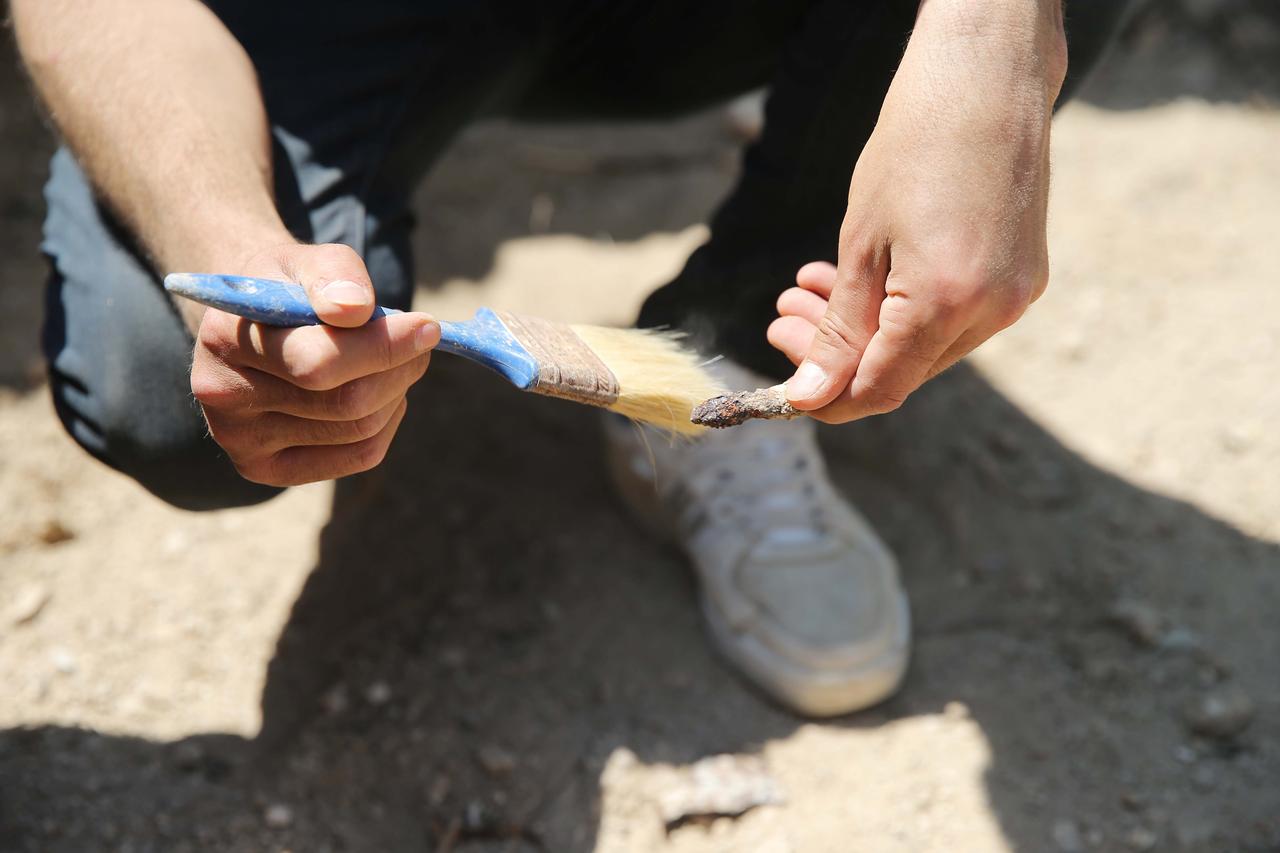
Archaeologists working at the ancient city of Becin in Milas, located in Türkiye's Mugla province, have uncovered more than 100 Turkish-period arrowheads during ongoing excavations.
The discovery was made in the inner fortress area of the site, which is on the UNESCO World Heritage Tentative List.
Led by Professor Kadir Pektas, the archaeological mission is part of a year-round excavation and restoration program approved by the Ministry of Culture and Tourism.
Becin once served as the capital of the Menteshogullari and continues to yield significant insights into Anatolia's layered past.

"In one of the bastions of the inner fortress, we recovered over 100 arrowheads in just the last two days," said excavation director Professor Kadir Pektas.
“These are unmistakably from the Turkish period. It's not surprising to find such items in military structures, but what's crucial is that their presence—and the fact they were left behind—suggests that the site was abandoned shortly after military use.”
Pektas emphasized the archaeological significance of the finds, noting that the arrowheads are a rare and valuable contribution to the field of Anatolian Turkish archaeology.
He added that many of the arrowheads appear to be of the socketed type, though they have not yet undergone conservation or laboratory cleaning. “We believe the number of finds will increase in the coming days,” he noted.
Excavations at the inner fortress have previously revealed Chalcolithic-era graves, suggesting that the site has hosted uninterrupted settlement for around 5,000 years.

Excavation teams are also focusing on areas surrounding the fortress bath and tombs. Meanwhile, in a structure previously identified as the “Persian Tower,” researchers uncovered additional architectural features behind a later-period wall, including a cave chamber.
“In both the chamber and the cave, we found materials dating back as far as the 6th century B.C.,” said Pektas. “These finds offer vital data for understanding the broader archaeological history of Becin and its surroundings.”

Historical records indicate that the fortress at Becin was built during the Byzantine era using stones repurposed from earlier classical structures in the vicinity.
Later, under the Menteshogullari dynasty, the castle was restored and reused, marking a continuity of strategic use into the Turkish-Islamic period.
Located just 5 kilometers (3.10 miles) from the Milas-Oren road, the Becin fortress remains a focal point for archaeological investigation and cultural heritage preservation in southwest Türkiye.
As excavations continue, experts are hopeful that the site will yield even more clues about the region's complex and layered past, from the Chalcolithic Age to the Turkish principalities.